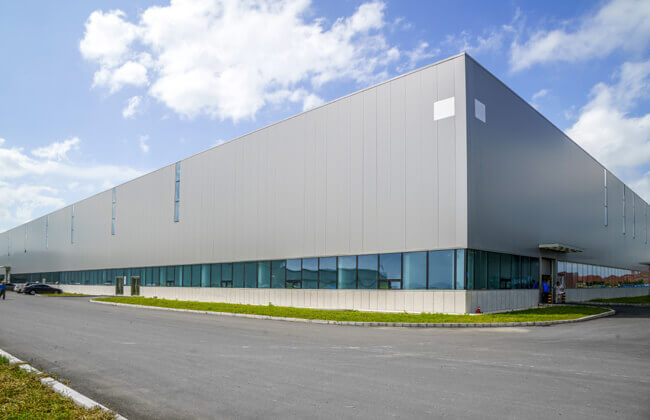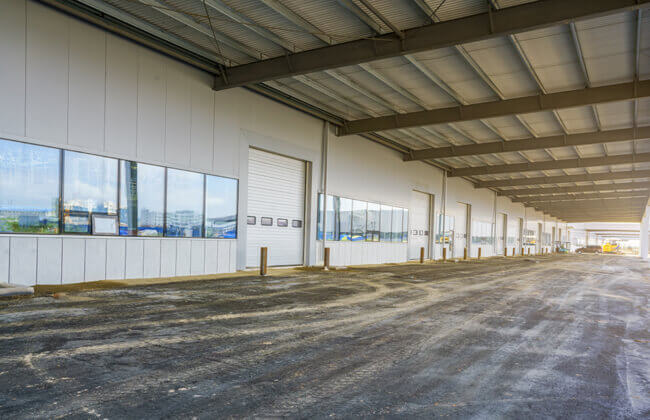The steel structure workshop is a building used for industrial production. The industrial workshop includes production workshops, auxiliary production workshops, warehouses, power stations, and buildings for various purposes according to their uses. Compared with traditional concrete buildings, steel structure workshop building use steel plates or section steel instead of reinforced concrete, which has higher strength and better impact resistance.
Steel workshop building used in industrial production and steel structures is painted and then delivered to the installation site. And because the steel structure can be manufactured in the factory and installed on-site, construction time is greatly reduced. Due to the reusability of steel, it can greatly reduce construction waste and is more environmentally friendly. Therefore, it is widely used in industrial buildings and civil buildings.



